Owners of older homes often find themselves caught between the need to renovate to add modern conveniences and the desire to maintain their historic charm. If you own a house built 50-100 years ago, there are likely characteristics you never want to change. At the same time, there are contemporary design elements that enhance the comfort and functionality of living spaces which are worth implementing into an old home.
What follows is sound advice for homeowners seeking to preserve treasured elements of an older home while updating it for modern living. There are two dimensions to this challenge, and the first question you will need to explore is how closely the home adheres to its original design.
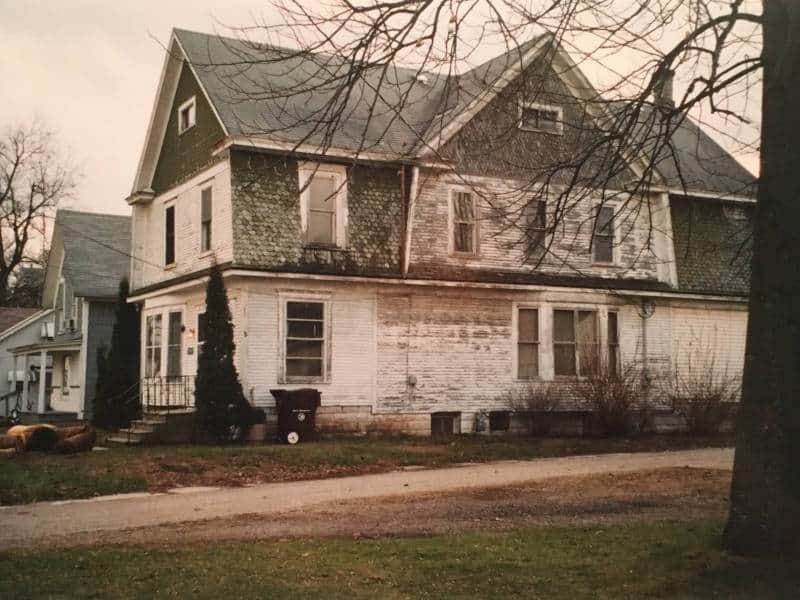
At hpd architecture + interiors we separate our renovation projects into three categories:
- Older homes that are ready for modern updates.
- Mid-century and older homes which have a recognized historical style that the homeowner wants to preserve.
- Historic properties that are included in districts which require additional review and are subject to restrictions to maintain their classification.
We’re going to talk about the first two below.
Homes that have already experienced several changes:
Because the way we live over the last hundred years has changed significantly, a home that has had multiple families living in it through multiple generations has probably been modified to some extent already.
Perhaps these alterations have been limited to cosmetic revisions such as switching out tile, enlarging a closet, or removing the gaudy pillars at the entrance of the dining room. That’s where a homeowner should begin the planning process-inspect those prior changes that have been done well (or poorly) as they relate to the preservation of the home’s original character and design.
Going through this process informs the homeowner and the architect about which facets of the initial design may need to be replicated or duplicated to restore that classic “look” back into the home.
At HPD, we dig deep to find clues about the original style of the home and track its evolution to reproduce the distinct qualities that disappeared and that a homeowner wishes to bring back.
Homes that have seen very little change:
If the home has not endured many changes or renovations, there are some common features of older homes worth keeping (if you can) that will retain its historical appeal.
Windows
Older homes often have wood-framed windows that can showcase distinct features like stained-glass windows or tiny mosaic frames. If you’re lucky enough to find a house that has its original windows, they’re often the first item you would consider ripping out for purposes of efficiency as well as for ease of opening and closing them or for safety and egress concerns. However, changing the windows of a home can drastically alter its historic appearance.HPD will bring in a specialist to assess the present condition of wood-framed windows. Obviously, you don’t want windows that leak or create structural problems, but there are ways to retrofit or repair old windows to make them operable. Moreover, you can add storm windows or secondary pieces of glass if you’re in a cold climate. Whatever you decide to do with them, windows are crucial to the observable character of a home.
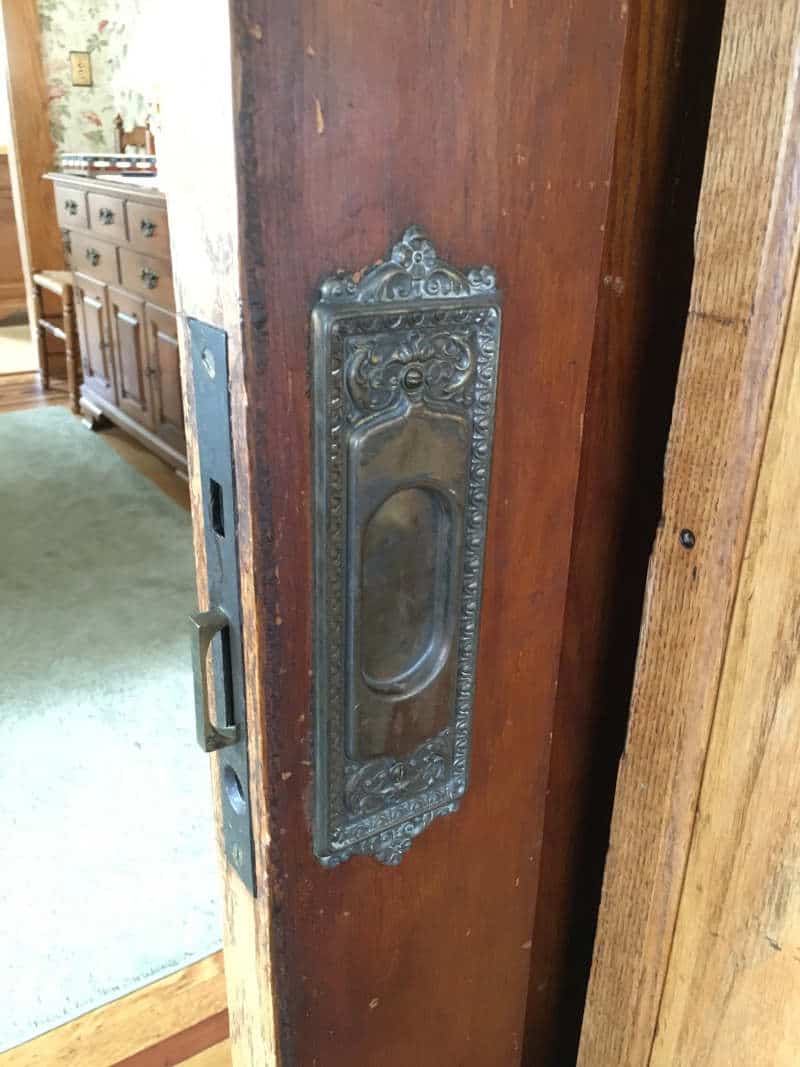
Doors
Doors to bedrooms and closets, doors leading into various entryways, and even the doors on cabinets offer a similar sense of unique character to a home. Sometimes you’ll find cabinets still intact in a bathroom or in a butler’s pantry which you’ll definitely want to keep-if not restore to their original appearance. Often, the hardware is worn out or beaten up from everyday use, but that’s an opportunity to update a minor cosmetic element without losing the original design.Lastly, older homes usually feature distinctive entrance options like Shaker doors which homeowners may want to preserve.
Light Fixtures
Old light fixtures that are still operational can be tremendous assets in maintaining historical charm. Obviously, one area of concern is that electrical safety has changed significantly over the years, so HPD focuses on characteristics such as the age and the type of the wiring and switches. From a safety and a code compliance standpoint, HPD will inspect what’s happening inside the wall with the hopes of keeping what can be seen.Those unseen parts that aren’t cute and quaint can be fixed or updated. Meanwhile, we hire experts to rewire that vintage fixture, so no one even knows work was done. In fact, we can even put modern LED bulbs that look like old-fashioned bulbs into an obsolete fixture, which is a stylish way to blend the past with the present.
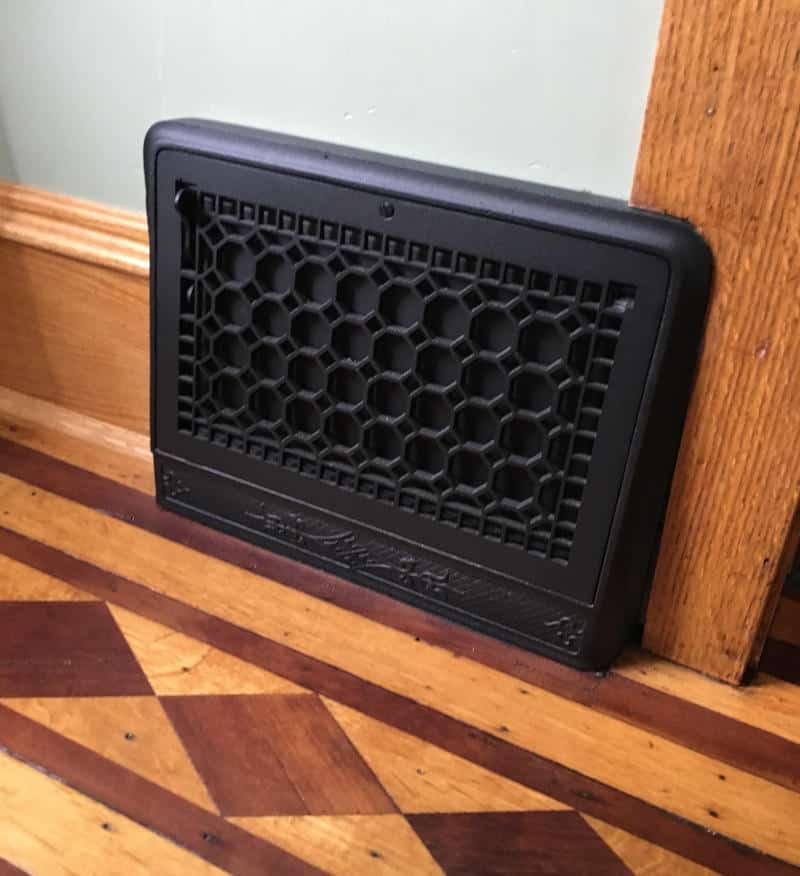
Tile
An oft-overlooked aesthetic in older homes that people either get really excited about or immediately turned off by is colored tile. Especially for those homes built in the forties and fifties, it’s almost guaranteed that you’re going to have at least one pink bathroom. The irony is that tile lasts forever, so potentially the most visually outlandish aspect of the home is also most likely to have survived. You may not like the look of it, but it’s probably still functioning-unless the grout has failed, or you’ve had some leaks.If you think back to the Romans and those ancient cities in Italy, they’ve had mosaic tiles on their walls for centuries. If you want a quirky, vintage look, hanging onto the tile is a great option.
Wallpaper
So many older houses that have not been fully updated will contain layers of wallpaper. While it’s not something you necessarily want to keep, it does tell the story of the house. At HPD, we frequently encourage owners to carefully peel off each layer (if they can) because oftentimes those older wallpapers were very high quality, and the paper is still intact. It’s absolutely fascinating to peel generations of paper off a wall to reveal what’s underneath.
If you have an old house and you’re going through a full renovation, you might want to keep a scrapbook that contains snippets of the wallpaper or a photo album of some of the things that you discovered along the way. Whether you kept them as part of the current version of the house or they are relegated to the history of the house, you’ll want that record to tell guests and visitors the story of your home. This honors the previous owners and tells us, in a way, who they were
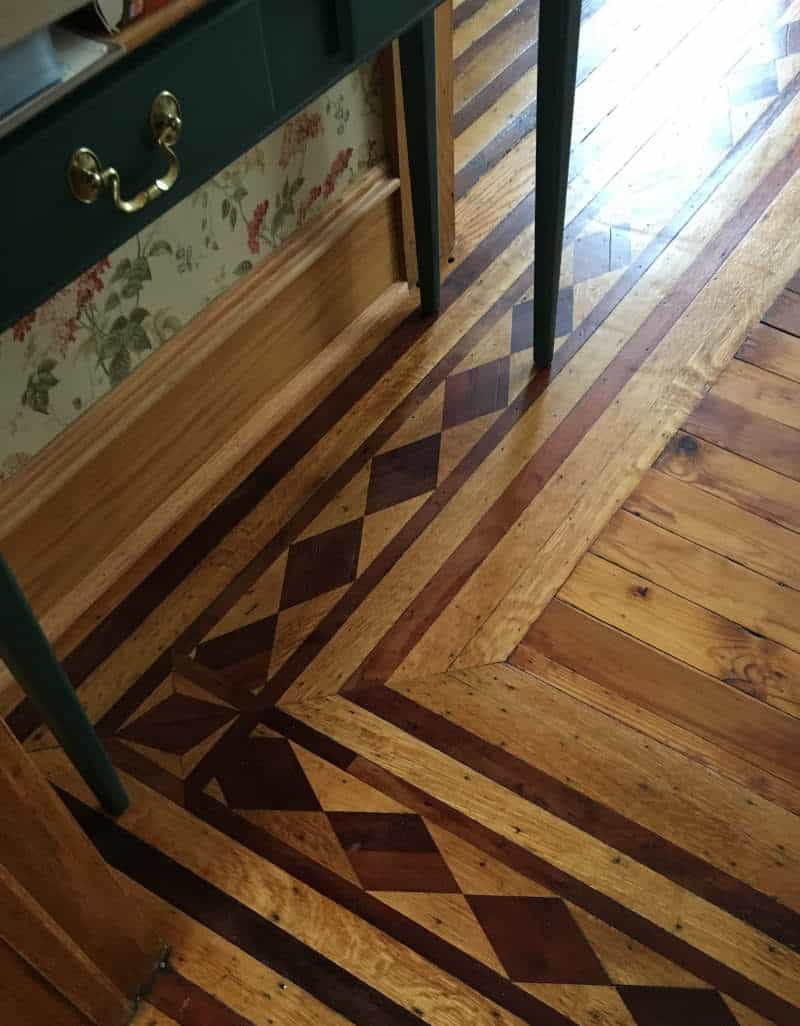
As a final and closely related rejoinder, the last thing you want to do is go into an old house swinging a sledgehammer at molding, floors, layers, and walls. The biggest difference between a renovation with historical preservation is mind is the paradox of delicately tearing apart the home. You should enter the process with the expectation that you’ll come across something that’s amazing that you want to keep.
Laura Davis is a registered architect and interior designer in the state of Texas and Colorado, and a founding member of hpd architecture + interiors. Laura's extensive experience includes residential as well as commercial and retail projects. She also has a particular interest in restoration, holding a certificate in Historic Preservation. She is energized by the character of older homes and the stories of those who have lived there. Responding to the needs of the current owner, while also honoring the personality of the original home is a delicate process to be enjoyed.

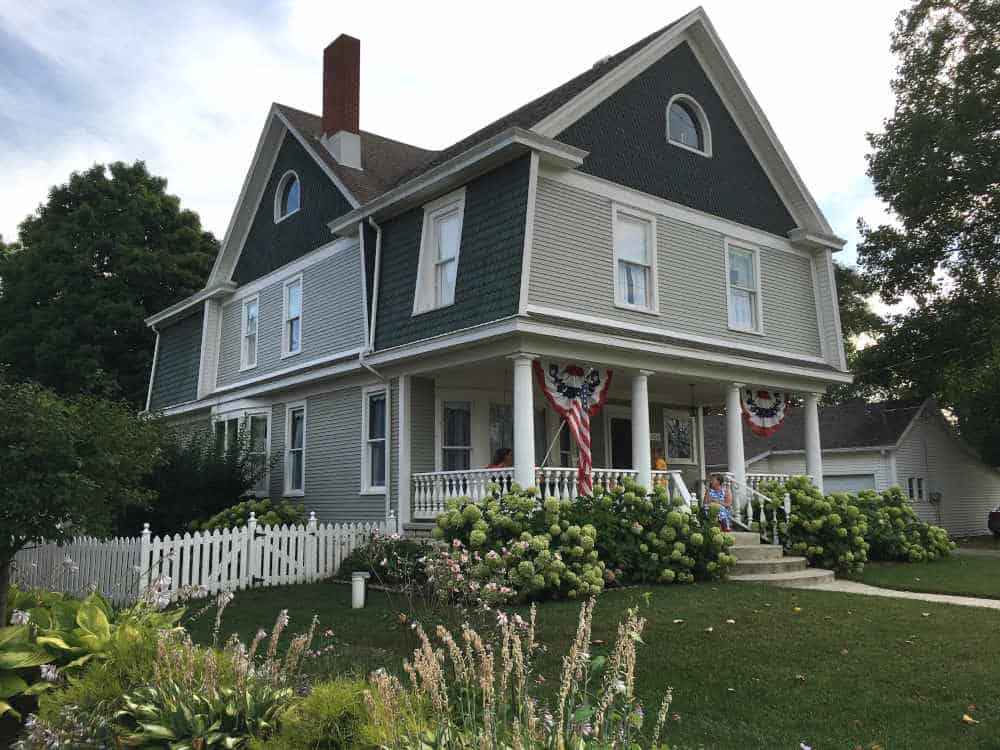
0 Comments